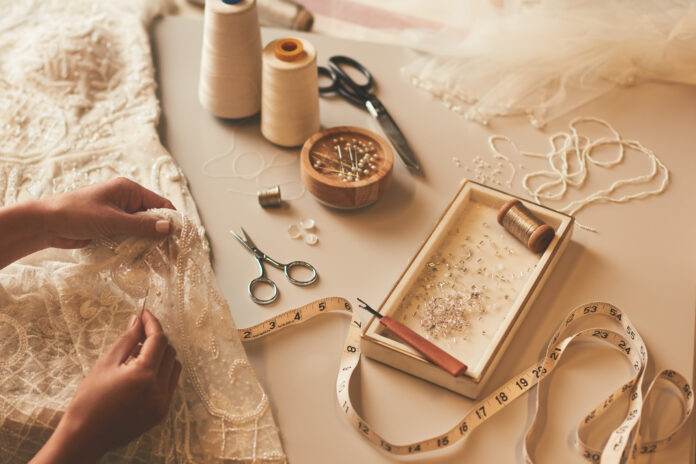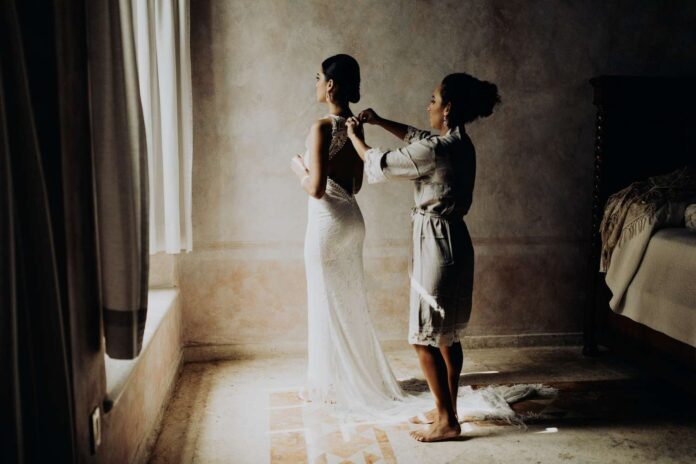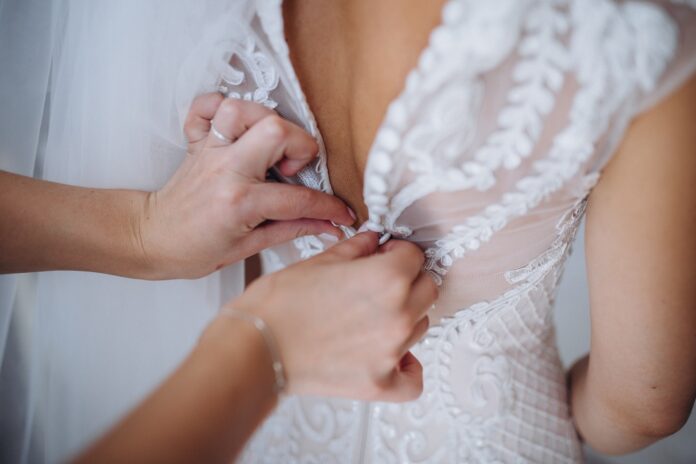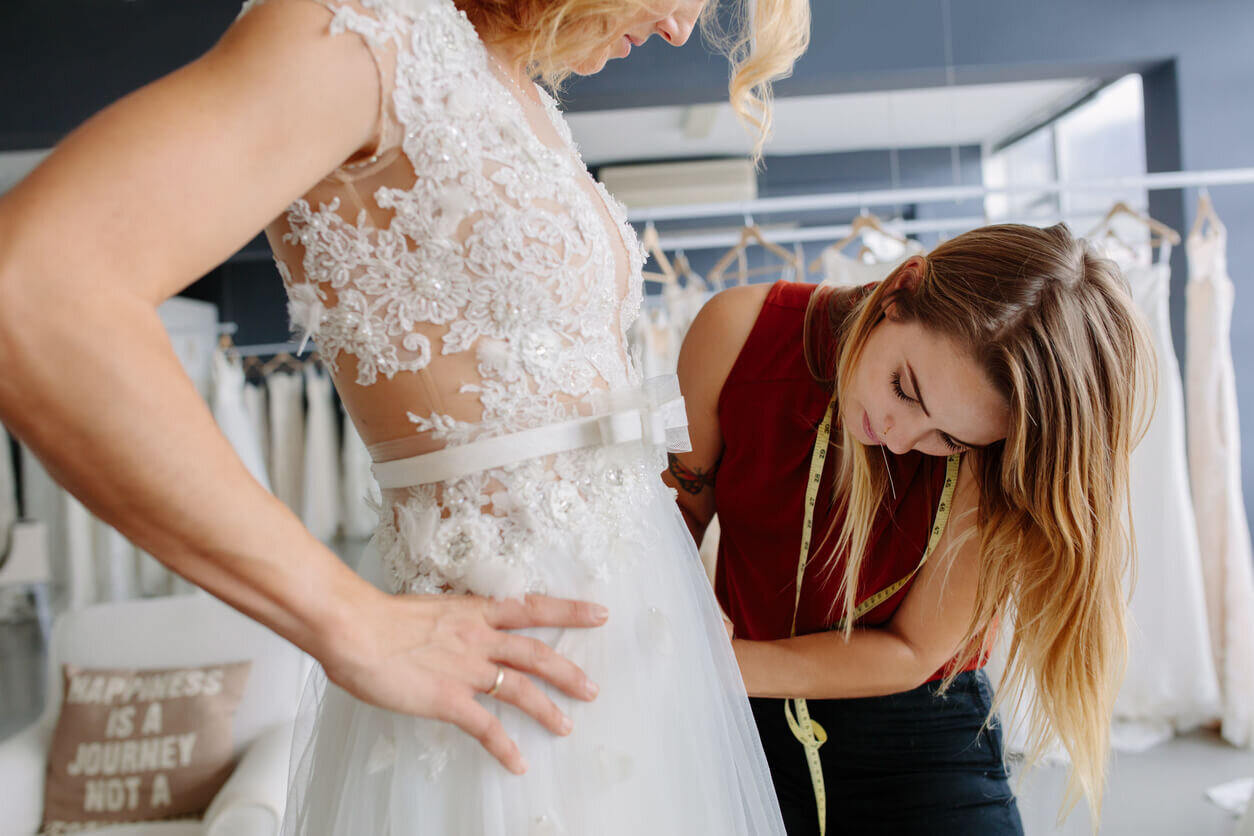When it comes to your wedding day, the dress is often the centerpiece of your look. Alterations are almost always necessary to make sure your gown fits perfectly. However, alterations can be a daunting process if you’re not well-prepared. In this blog post, we will delve into essential tips and tricks to ensure your bridal alterations go smoothly, preserving the beauty and integrity of your wedding dress.
Understanding the Basics of Bridal Alterations

Bridal alterations involve custom adjustments made to a wedding gown to ensure the perfect fit. These can range from simple hems and taking in sides to more complex modifications like resizing or restyling certain parts of the dress.
First, it’s important to understand that not all dresses are created equal; materials and design can greatly affect how alterations should be handled. Delicate fabrics such as lace or silk require a skilled hand, while heavier materials might need different techniques. Moreover, the dress’s design, including beading or intricate lace patterns, can complicate the alteration process, necessitating expert skills.
Second, the timing of alterations is crucial. It is generally recommended to start alterations two to three months before the wedding. This timing allows for multiple fittings and adjustments without the rush, ensuring each detail is perfect. Waiting too long could lead to rushed work or even limitations on the extent of changes that can be made.
Choosing the Right Seamstress or Tailor

Finding the right professional for your bridal alterations can make a huge difference. A skilled seamstress or tailor who specializes in wedding dresses is essential because they understand the nuances of bridal fashion and fabric care.
Initially, seek recommendations from your bridal shop, friends, or online reviews to find a reputable professional. It’s important to check their portfolio and see examples of their previous work, especially with dresses similar to yours. Also, during your first meeting, discuss your needs clearly and assess their understanding and the suggestions they offer.
Ensuring a Perfect Fit

Multiple fittings are not just a precaution; they are a necessity in achieving the perfect bridal gown fit. Each fitting session builds upon the last to refine the dress’s fit until it seamlessly suits your form.
The first fitting is typically about tackling the larger issues, such as adjusting the waist and hem length. This session lays the groundwork for subsequent adjustments. It’s crucial to bring the exact undergarments and shoes you plan to wear on your big day to ensure the alterations take into account how the dress will look under wedding-day conditions.
Even with the best planning, last-minute alterations may be necessary. Perhaps you’ve experienced a change in weight or you’ve decided to change your shoes, impacting the gown’s length. It’s important to remain calm and communicate any concerns with your seamstress promptly.
Conclusion
The way you feel on your wedding day can be greatly influenced by bridal changes. You can make sure your gown is as perfect as your celebration by knowing the fundamentals, hiring the proper experts, and handling fittings and last-minute adjustments skillfully.







